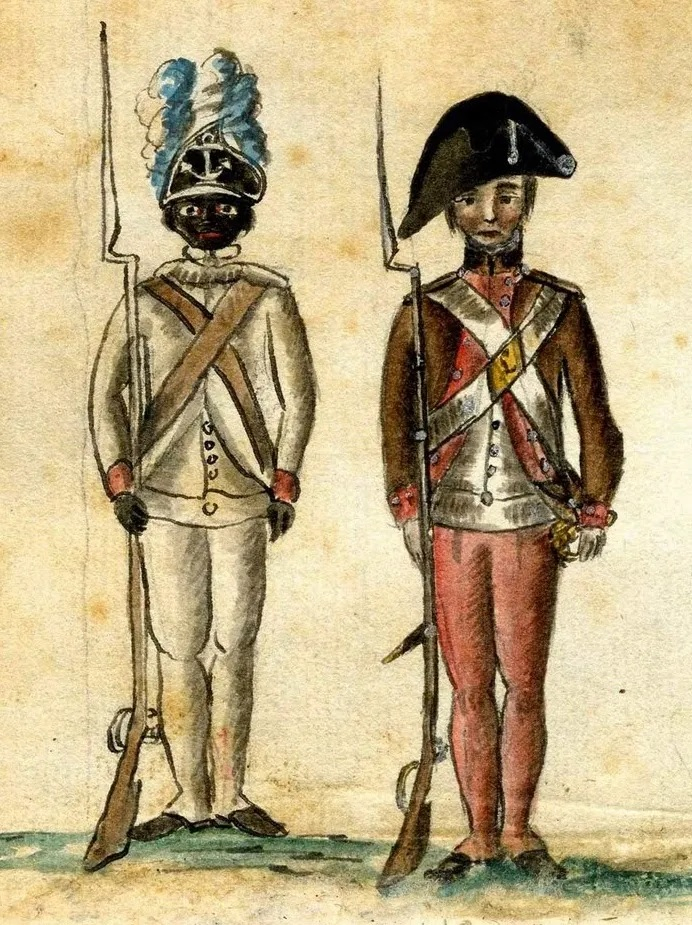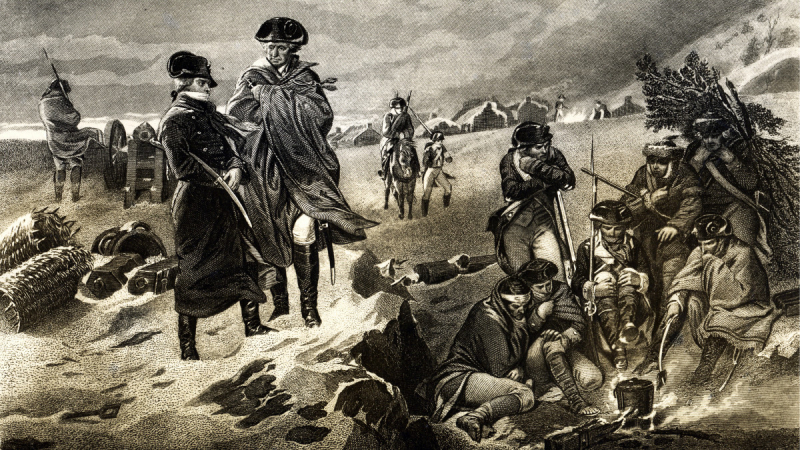The winter at Valley Forge was the last time the United States Army was integrated until the Korean War

They do not appear in the famous paintings, nor in many of the accounts, but of the roughly 12,000 Continental Soldiers at Valley Forge, there are 750 black soldiers, freemen, and escaped slaves, a part of the 5000 or so African-Americans who enlisted to help America win its freedom. In fact, blacks made up some 20 percent of America’s colonial population in 1776; close to one-half million men, women, and children, 99 percent of them enslaved. While Washington was of course aware of the loyalty and grit displayed by black volunteers who had fought for the colonial cause in and around Boston – by now most patriots were familiar with the heroics of Crispus Attucks, the fugitive slave who fell during the Boston Massacre and is considered the first casualty of the Revolution – the idea of arming black men weighed heavily on the erstwhile Virginia planter whose subconscious was so invested in the lore of slave uprisings.
However, fearing a wave of runaway slaves donning British uniforms in exchange for their freedom, Washington somewhat reluctantly implored the Continental Congress to allow “freemen” to be granted the right to fight for the cause. The delegates acquiesced, and over the course of the revolution, some 5,000 black men enlisted in the Continental Army. In a footnote buried in the mists of time, the first casualty recorded at the Valley Forge winter encampment was a freeman from Connecticut’s 7th Regiment known to posterity only by his given name of Jethro.













